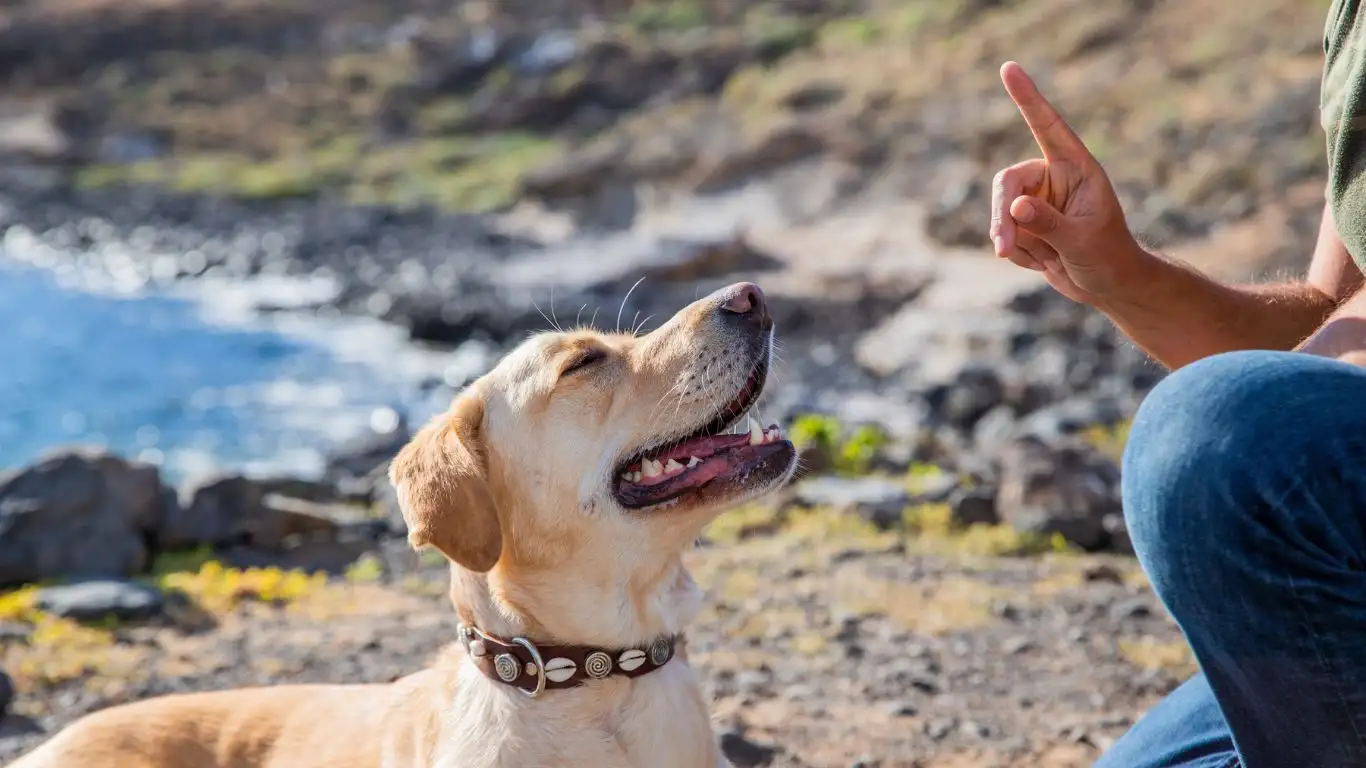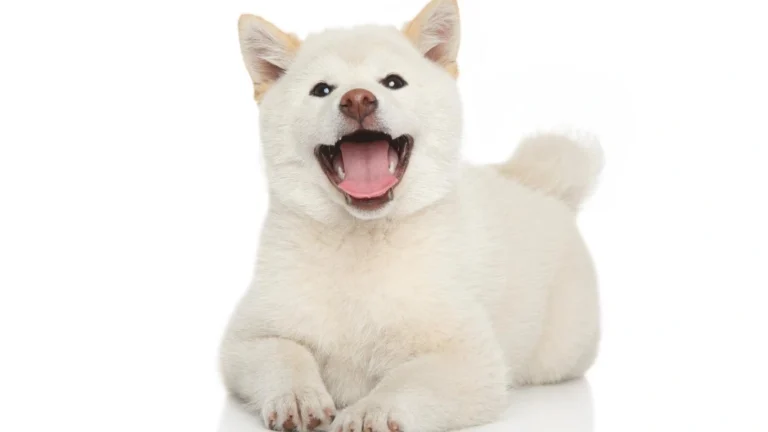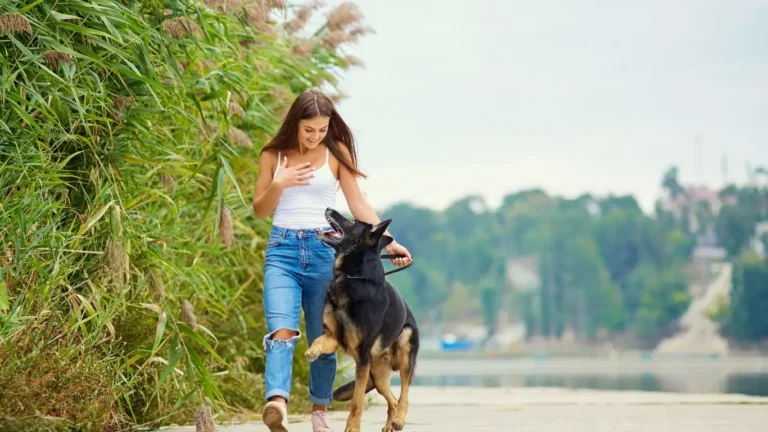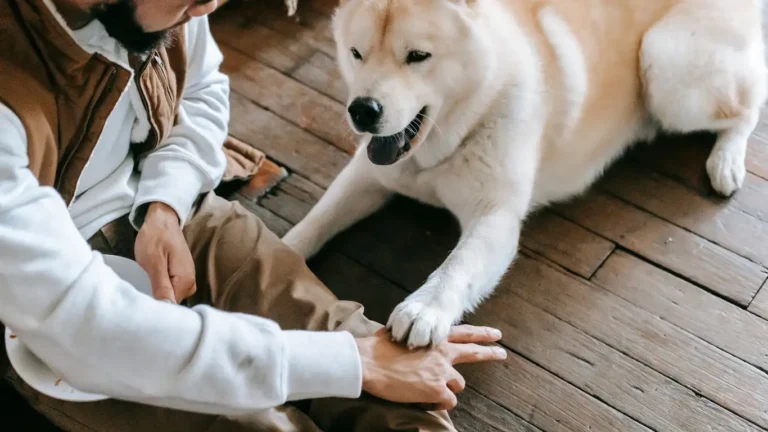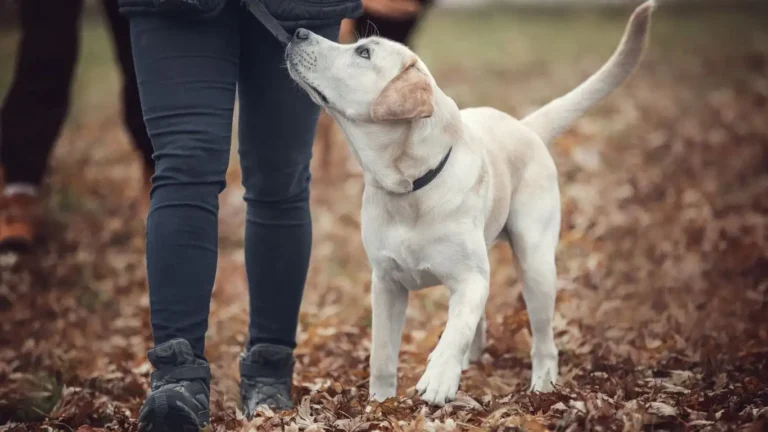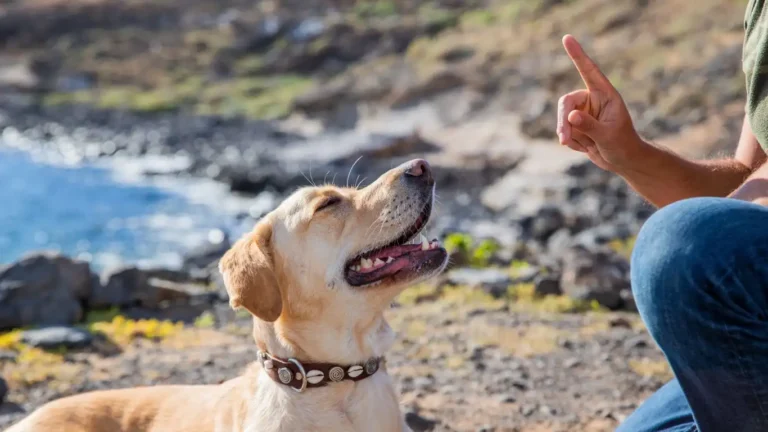Effective Tips on How to Train a Dog Not to Run Away When Off-Leash for Safe Adventures
As a Certified Professional Dog Trainer, one of the most common concerns I hear from dog owners is how to train a dog not to run away when off-leash. If you’ve ever struggled with this, you’re not alone. The desire to have a dog that stays by your side, even without a leash, is a goal many dog parents share. Whether you’re trying to enjoy some off-leash freedom at the park or simply want your dog to stay safe while exploring in open areas, it’s essential to have the right approach to training. This article will guide you through step-by-step instructions to ensure that your dog is well-behaved and doesn’t take off at the first sign of something interesting.
Understanding Why Dogs Run Away
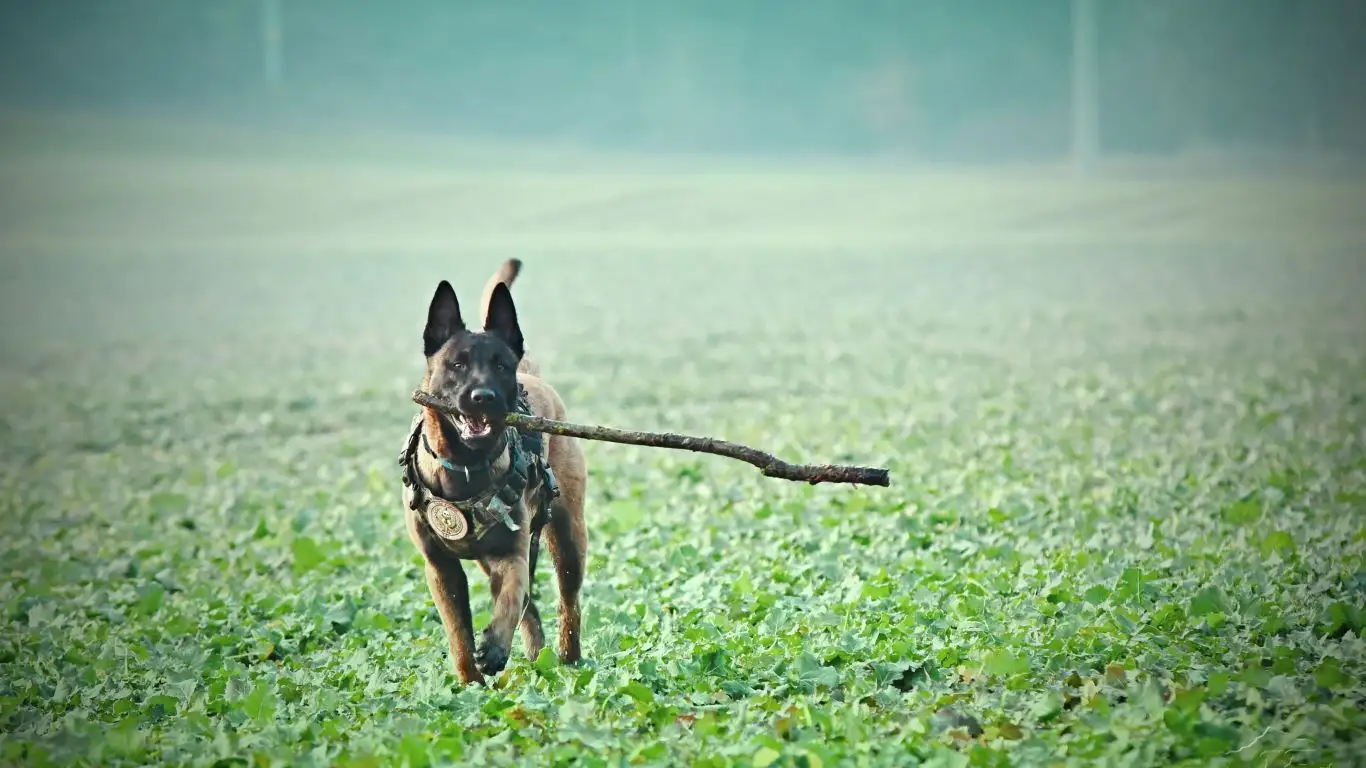
Before we dive into training tips, it’s important to understand why dogs run away in the first place. Dogs are naturally curious creatures, and they’re often drawn to smells, sounds, or sights that catch their attention. This is especially true for breeds that have a strong prey drive or a heightened sense of smell. For instance, a dog may run off if it senses a squirrel or even a certain smell it’s never encountered before. It can be frustrating, but with the right training, you can curb this behavior and teach your dog that staying close to you is far more rewarding than running off.
The Role of Instincts in Off-Leash Behavior
Dogs, like wolves and their wild ancestors, are hardwired with instincts that encourage them to explore their environment. Some dogs, particularly those with high energy or working backgrounds, have a stronger desire to chase or explore. These instincts can make it difficult for them to focus on you when there are exciting distractions around. It’s important to remember that running away isn’t necessarily a sign of disobedience; it’s more likely a result of their natural drive to explore and investigate. Understanding this behavior will help you develop patience and a more effective training plan.
Setting Up for Success: Basic Off-Leash Training Techniques
Training your dog not to run away when off-leash is a gradual process that requires consistency, patience, and a good foundation of basic obedience skills. In my experience, the best way to start this training is by making sure your dog has a solid understanding of core commands like sit, stay, and come. These are the building blocks for off-leash training, and without them, it’s going to be much harder to ensure your dog’s safety and reliability when they’re off-leash.
Start with a Reliable Recall
One of the most important commands to master when training your dog not to run away is the recall. A strong recall means that no matter how distracted your dog may be, they’ll come back to you when called. This is especially vital when you’re off-leash in an open space, where there are no boundaries to keep your dog near you. Here’s how I recommend building a reliable recall:
- Start indoors: Begin training in a low-distraction environment, like inside your home or backyard. Use a high-value treat or toy that your dog loves to grab their attention.
- Use a consistent cue: Whether you say “come” or another word, make sure it’s consistent each time you call your dog.
- Reward immediately: As soon as your dog responds to the recall, reward them with the treat or toy. The reward should be immediate to create a clear connection between the action and the reward.
- Gradually increase the distance: Once your dog is reliably coming to you indoors, move to a larger space and gradually increase the distance between you and your dog. This will help them generalize the command to different settings.
Using Positive Reinforcement for Off-Leash Training
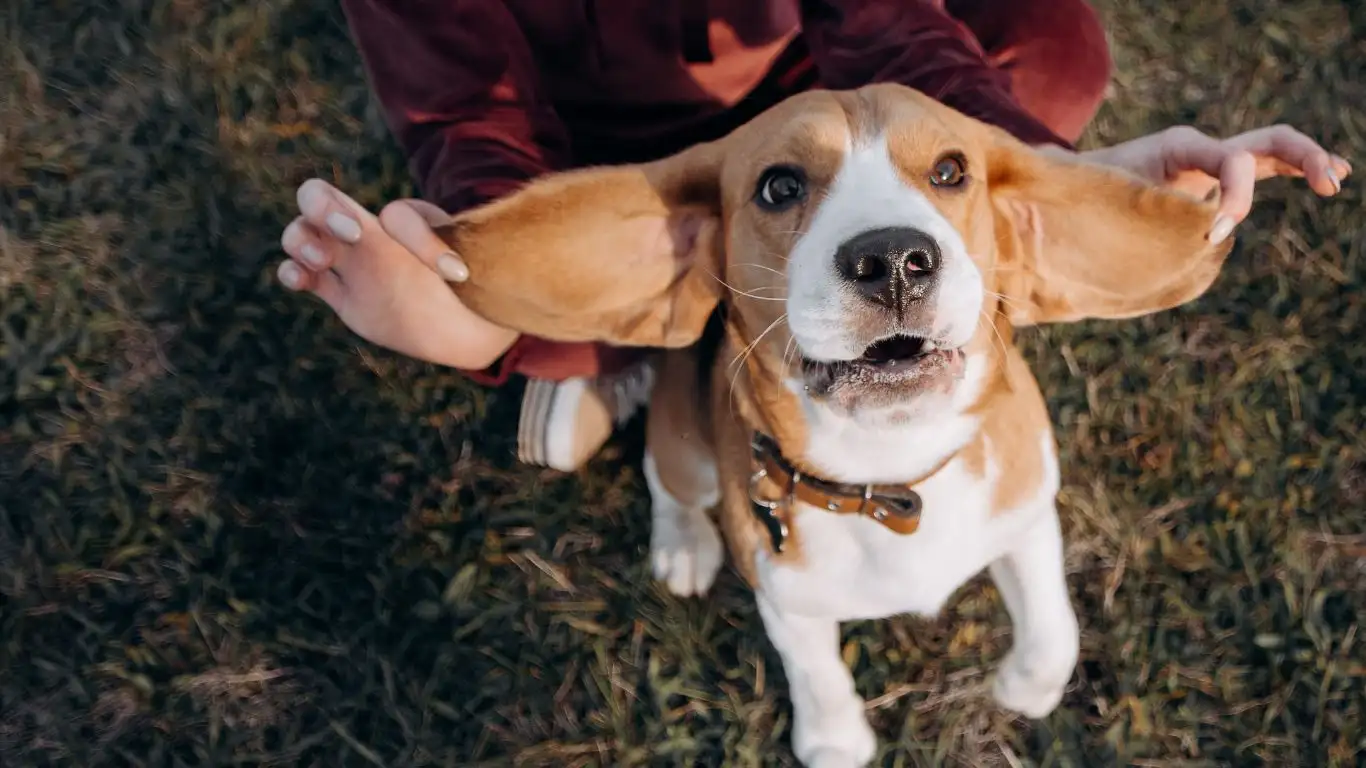
Positive reinforcement is key to teaching your dog not to run away when off-leash. The idea is to reward good behavior, encouraging your dog to repeat it in the future. It’s a win-win: your dog gets the rewards they love, and you get a well-behaved companion. This can be done with treats, praise, or playtime—whatever motivates your dog the most.
Make Yourself the Center of Attention
One of the most effective ways to keep your dog from running off is to make yourself the most interesting and exciting part of their environment. Dogs are naturally social animals and thrive on attention from their humans. So, when training off-leash, it’s crucial to engage your dog with fun activities that make them want to stay close to you. Here’s what you can do:
- Play games: Use games like fetch or tug-of-war to keep your dog engaged. These games not only provide exercise but also strengthen the bond between you and your dog.
- Use high-value treats: The more enticing the reward, the more likely your dog is to stay focused on you. Experiment with different treats to find what excites your dog the most.
- Provide positive attention: Some dogs thrive on praise and attention. Offering plenty of verbal praise and physical affection when they stay near you can be just as motivating as food rewards.
Dealing with Distractions During Off-Leash Training
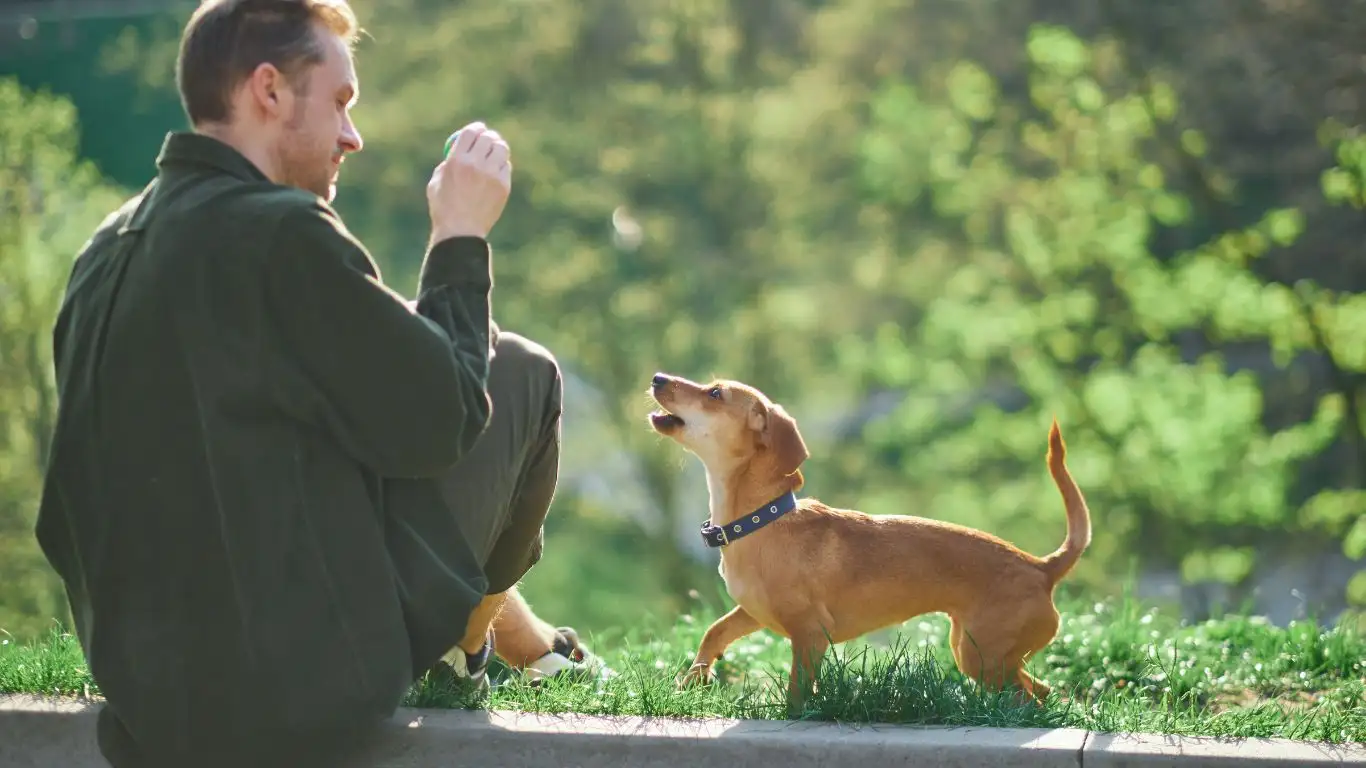
As you move forward with off-leash training, distractions will be a challenge. Whether it’s another dog, a squirrel, or an interesting smell, your dog will encounter plenty of things that could tempt them to run away. This is where your patience and consistency come into play. Start by training in environments with fewer distractions and gradually increase the difficulty by introducing new distractions over time. The more your dog learns to focus on you, the less likely they are to get distracted by their surroundings.
Increasing the Difficulty: Proofing the Recall
Now that you’ve got a solid foundation with your dog coming when called, it’s time to prove their recall under more challenging circumstances. This is where we start to introduce real-world distractions and increase the level of difficulty to ensure your dog won’t run off in those situations. As a Certified Professional Dog Trainer, I can tell you that this part of training is crucial. It’s all about setting your dog up for success in environments that mimic what they might face when off-leash in public spaces.
Introducing Mild Distractions
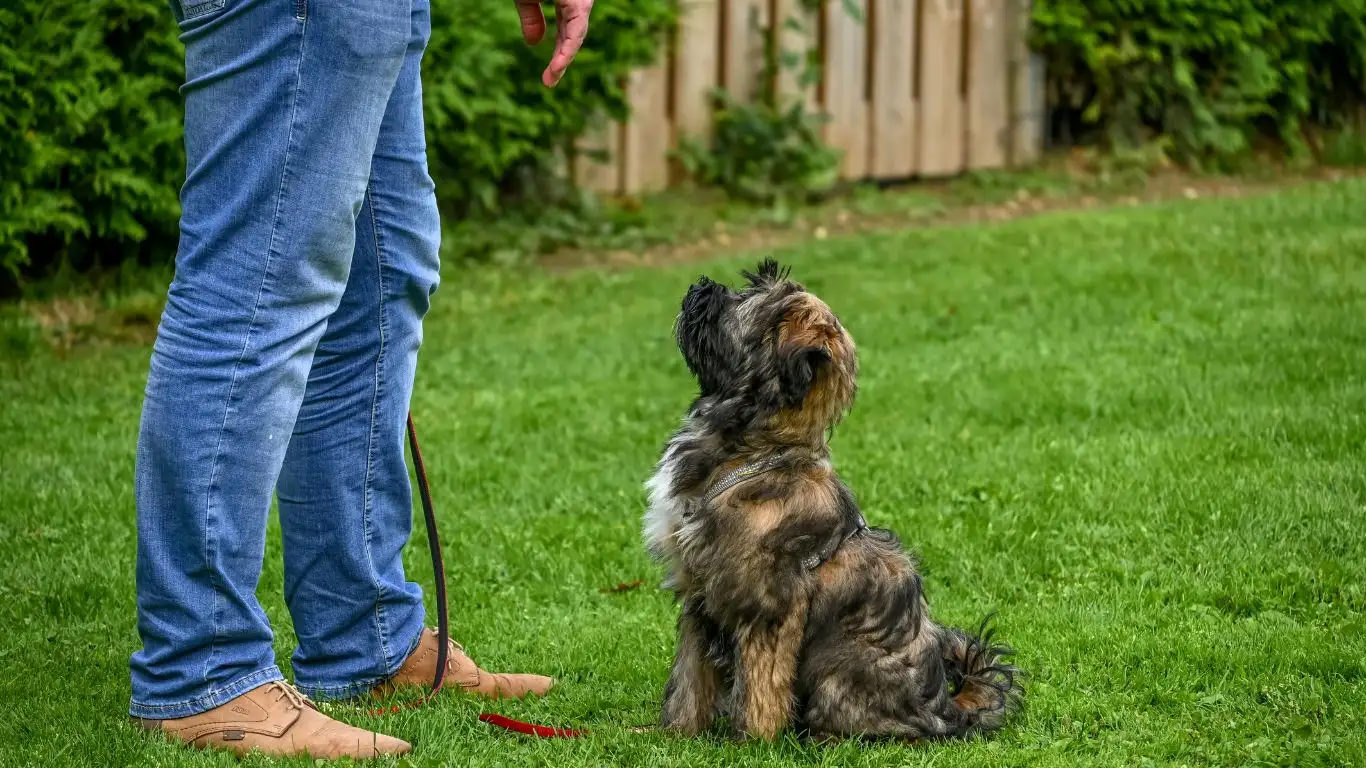
To increase the challenge for your dog, you’ll need to gradually introduce distractions. Start small—add mild distractions like another person walking by or a dog in the distance. Keep your dog on a long leash or in a safe, enclosed space at first so they can’t run off. When you call your dog, they should come to you despite these distractions. If they don’t respond right away, don’t punish them—just try again with less distraction and gradually build it up.
In my own training sessions, I’ve found that positive reinforcement really pays off in these situations. Every time your dog successfully ignores a distraction and comes to you, reward them with their favorite treat or a fun play session. The more they learn that coming to you is far more rewarding than chasing after distractions, the more reliable their recall will become.
Building Trust Through Consistency
One key element of this phase is building trust with your dog. They need to trust that when they return to you, something good is waiting. Inconsistent rewards or calling them back only to put them back on a leash or scold them can damage the trust you’ve built up. Always make the recall experience as positive and rewarding as possible. Keep in mind that dogs love routine, so be consistent with your training cues and rewards. This will help your dog understand exactly what is expected of them, even when faced with the temptation of something more exciting than you!
Training Off-Leash in New Environments
As your dog gets better at responding to recall in controlled spaces, it’s time to start practicing off-leash training in more challenging environments. The goal here is to test how well your dog can respond to your recall in places that offer more distractions. I recommend starting with a quiet, enclosed outdoor space like a dog park or a fenced-in yard. From there, you can gradually move to more complex locations such as open fields, parks, or even urban settings if you feel your dog is ready.
Moving Beyond the Backyard
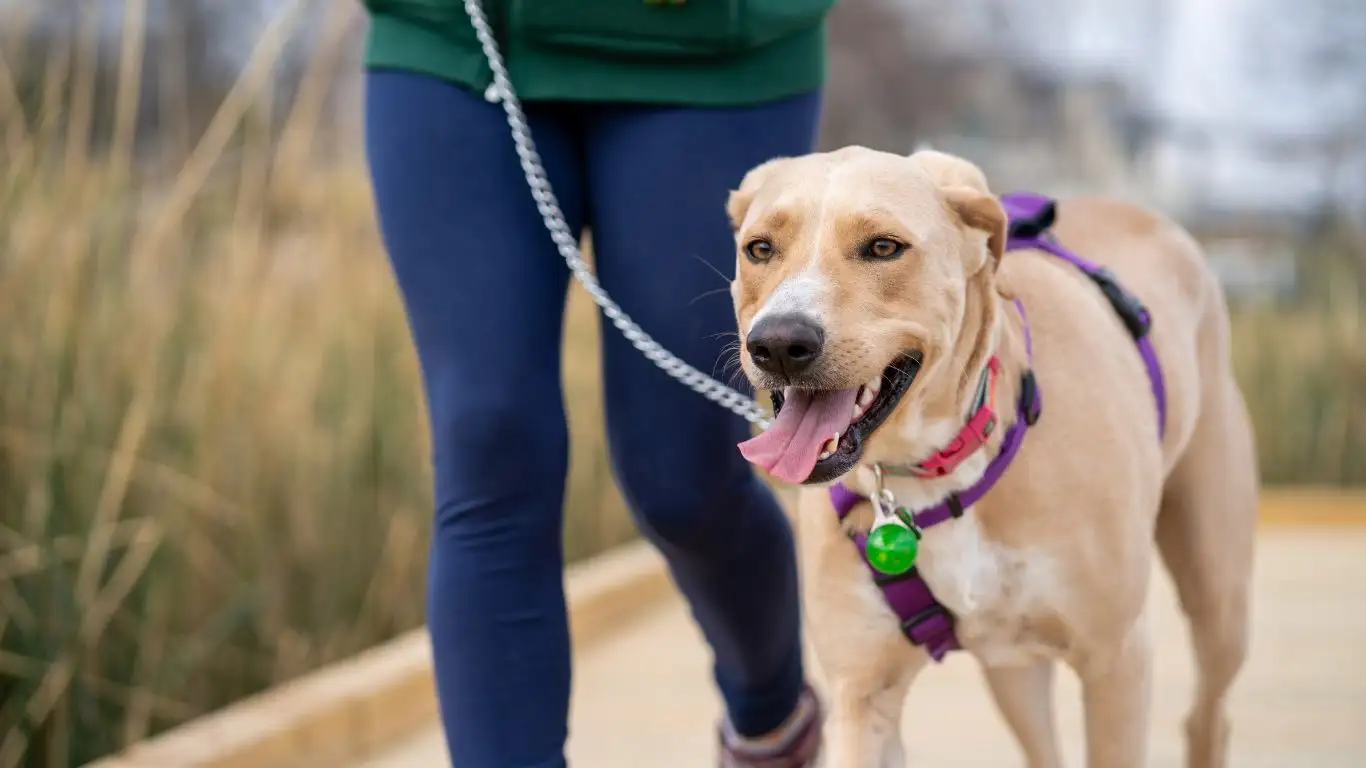
One of the most common mistakes people make is thinking that once their dog has mastered recall in their backyard, they’re ready to let them roam freely in any open space. But every new environment is a whole new set of challenges! In a new environment, there are new smells, sounds, and potential distractions that your dog hasn’t experienced before. That’s why practicing in various places is so important. By taking the time to work in different environments, you’ll help your dog learn to focus on you no matter where you are.
Start by walking with your dog off-leash in a controlled area, like a quiet, less-crowded park. Keep them on a long line initially so they can’t wander off, but still practice calling them back and rewarding them when they return to you. Gradually move to areas with more distractions, like dog parks or busy streets. As always, keep the sessions fun and rewarding, and never rush the process. Off-leash training takes time, but the results are well worth it!
Staying Calm in High-Stress Situations
Sometimes, dogs get so excited in new environments that they can become overwhelmed by their surroundings. If your dog starts to run off or ignore your recall command, it’s important to stay calm. Dogs can pick up on their owner’s emotions, and if you get frustrated or anxious, it can create tension and make the situation worse. Instead, take a deep breath and focus on staying positive. You want to maintain the same calm, confident demeanor that you’ve been using throughout the training process. If your dog runs off, gently redirect them and keep practicing. With patience, they’ll learn to stay close and return to you when called.
Advanced Off-Leash Training: Proofing in Challenging Situations
Once your dog is reliably returning to you in different environments and around mild distractions, it’s time to take the training even further. Advanced off-leash training focuses on proofing the recall in challenging situations. This includes real-world distractions like other dogs, moving vehicles, or wildlife. While you should always prioritize your dog’s safety and avoid overly dangerous situations, it’s important to give your dog opportunities to prove their recall in various real-life scenarios.
Exposure to Other Dogs
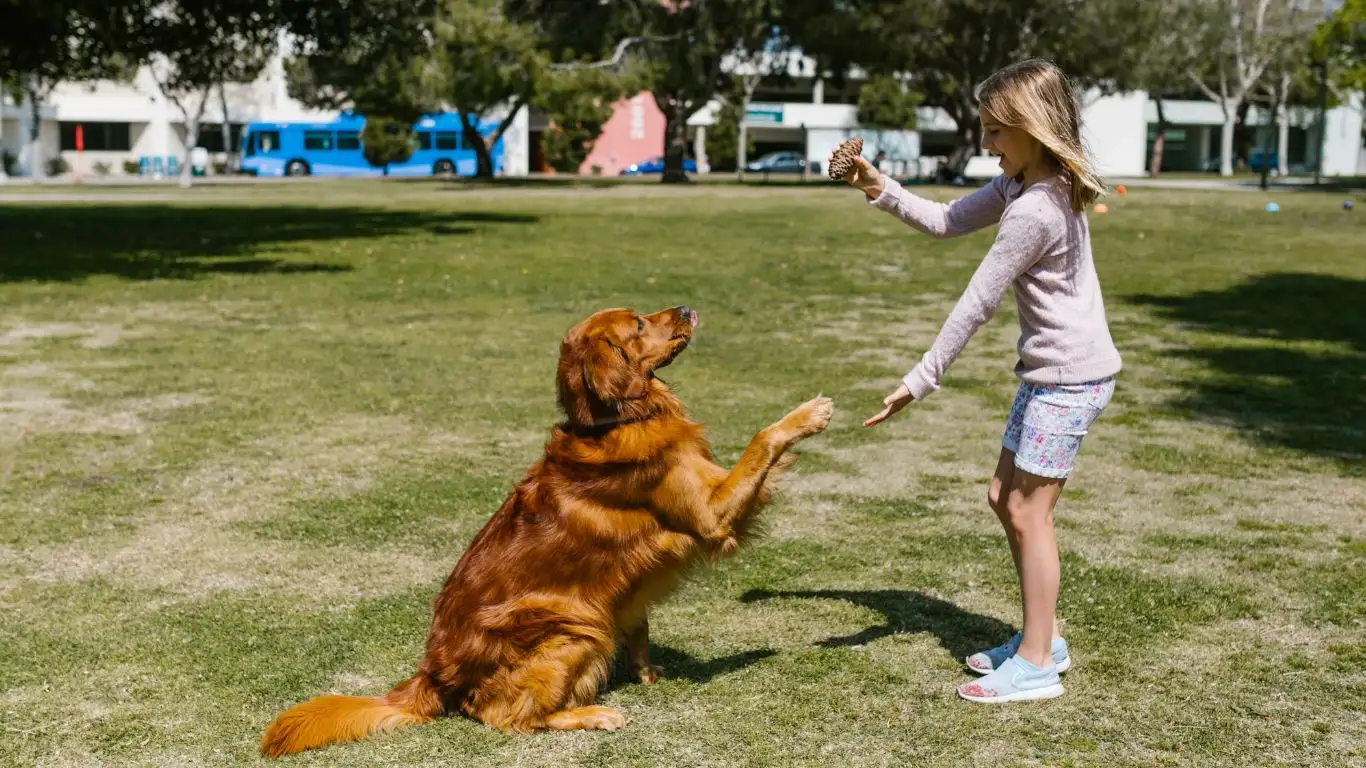
One of the most difficult distractions to train for is other dogs. It’s natural for dogs to be excited or even anxious when encountering others, so it can be a challenge to get them to focus on you during these moments. The key is to create controlled exposure. Start with your dog on a leash while another dog is in the distance. Slowly decrease the distance between them as long as both dogs remain calm. If your dog stays focused on you and doesn’t try to run off to meet the other dog, reward them. With time and practice, they’ll learn to ignore other dogs and respond to your recall no matter who or what is around.
Remember, off-leash training is a process, and every dog learns at their own pace. The most important thing is to keep the experience positive, consistent, and fun. With time, your dog will not only learn to stay close and respond to recall but will be safer and more confident in their off-leash adventures!
Case Studies & Real-Life Examples
Let’s take a moment to look at a few real-life examples from my experience as a Certified Professional Dog Trainer. Nothing beats learning from actual situations where training has made a noticeable difference. These case studies can offer you valuable insights and help you understand how the principles we’ve discussed can apply in everyday life.
Case Study 1: Daisy, the Energetic Border Collie
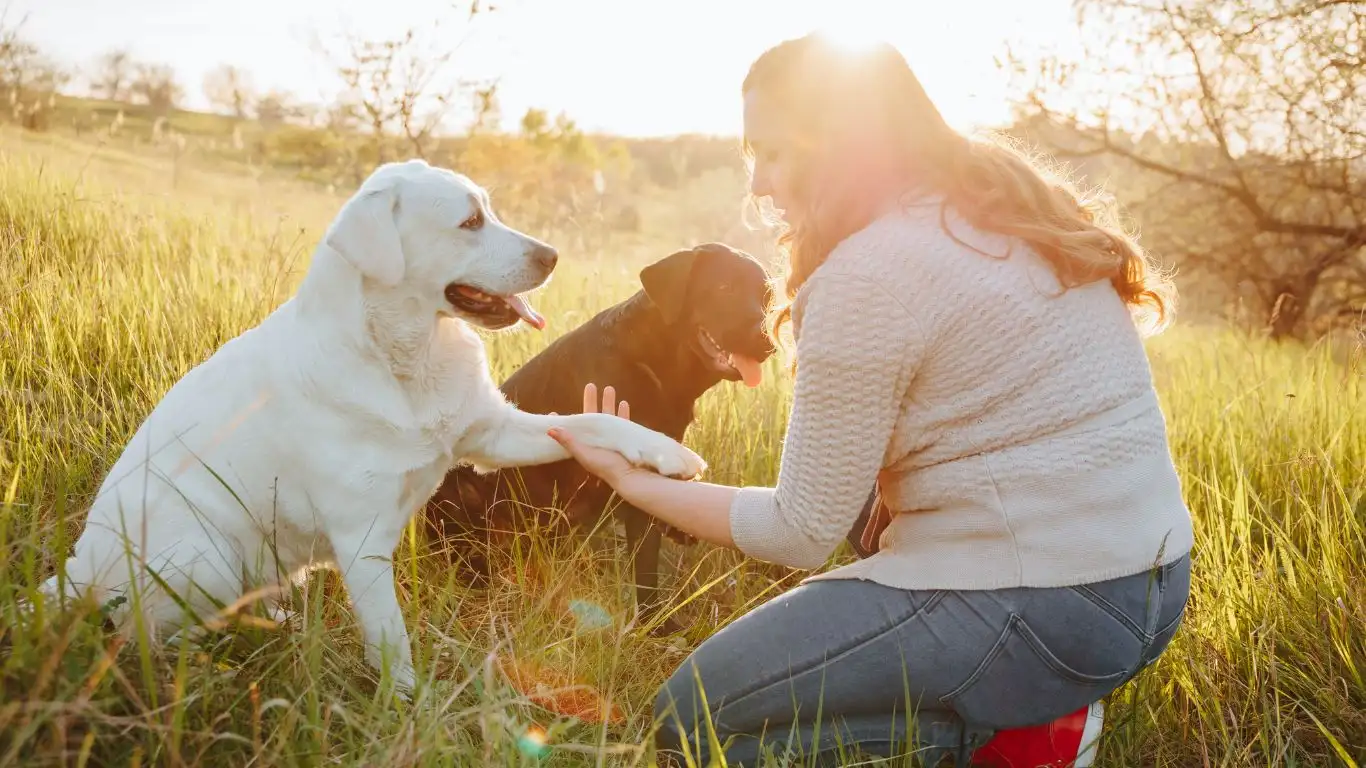
Daisy, a high-energy Border Collie, came to me with a tendency to bolt the moment she was let off-leash. Her owner, Sarah, was frustrated because Daisy would often run off, and they had to resort to using a leash in almost every situation. After a few training sessions focusing on recall, I introduced Daisy to mild distractions in a large, fenced yard. At first, Daisy would get distracted by birds or other dogs, but with consistent training and positive reinforcement, she started to ignore distractions and focus on Sarah. Over time, we gradually increased the level of difficulty, moving to larger parks with more distractions, such as cyclists or joggers. Sarah kept Daisy engaged with fun activities like fetch, and Daisy learned that sticking with her owner was far more rewarding than chasing after distractions. Today, Sarah and Daisy enjoy off-leash walks in the park without the worry of her running away.
Case Study 2: Max, the Fearful Rescue Dog
Max, a rescue dog, came from an uncertain past, and he was incredibly fearful when it came to being off-leash. His owner, John, wanted Max to enjoy off-leash hikes, but Max would often panic and try to flee. This case was a bit different from the previous one because Max’s fear of the world around him made it difficult to get him to focus on recall. After several weeks of building trust with Max through positive reinforcement and training exercises, we worked on desensitizing him to the outside world. We began with basic obedience training and worked in familiar environments, slowly introducing new environments as Max built confidence. We also used calming techniques, like aromatherapy and slow, controlled introductions to other dogs, which helped Max feel more secure. Eventually, Max began responding to recall even in more challenging environments, and his bond with John became stronger as they shared off-leash adventures. This case proved how important it is to go at your dog’s pace and offer plenty of emotional support during training.
Key Takeaways: What You Need to Remember
Training your dog not to run away when off-leash is an ongoing process that requires patience, consistency, and understanding. Here are some key takeaways to remember:
- Start with a strong foundation: Ensure your dog has mastered basic commands, especially recall, before you even think about training off-leash.
- Use positive reinforcement: Always reward your dog for good behavior, making training sessions fun and rewarding.
- Increase difficulty gradually: Begin in controlled environments and slowly introduce more distractions as your dog becomes more reliable.
- Consistency is key: Use the same cues, rewards, and commands consistently. Your dog will thrive on routine.
- Build trust: Trust between you and your dog is crucial. Never punish your dog for not responding right away—always make training a positive experience.
- Be patient and stay calm: Off-leash training can take time. Stay calm and patient, especially in challenging situations.
FAQs
How long does it take to train a dog not to run away when off-leash?
The timeline for off-leash training varies depending on your dog’s personality, past experiences, and your consistency. Some dogs can show progress within weeks, while others may take months to master the skill. It’s important to be patient and take it one step at a time.
What if my dog keeps running off, even after training?
If your dog continues to run off, it could be a sign that more reinforcement or a change in the training approach is needed. Try going back to a less distracting environment or work with a professional dog trainer to fine-tune your methods. Sometimes, increasing the rewards or using a different type of reinforcement can help.
Can I train an older dog to stay off-leash?
Yes, older dogs can still learn to stay off-leash. While it may take a little longer to train an older dog, their learning abilities are still intact. Focus on building their trust and providing plenty of positive reinforcement, and remember to adjust your pace to suit their comfort level.
Is off-leash training safe for all dogs?
Off-leash training is safe for most dogs, but it’s important to take your dog’s temperament and health into consideration. Some dogs may be more prone to running off, while others may be naturally more obedient. Always practice off-leash training in safe, enclosed areas before transitioning to more challenging environments.
Bonus: Additional Resources or DIY Tips
If you’re looking to dive deeper into off-leash training, there are a number of great resources available. Here are a few recommendations:
- Books: “The Culture Clash” by Jean Donaldson offers great insights into dog behavior and training techniques.
- Online Courses: There are several reputable online dog training courses, such as those offered by the Karen Pryor Academy, that can guide you through the off-leash training process.
- DIY Training Tools: Invest in a long leash (15-30 feet) to practice recall in an open space without fully unleashing your dog. This tool allows you to give your dog the freedom to explore while still maintaining control.
Appendix: Table, References, Disclaimer, and Call to Action
References:
pawpatron.org for more resources and dog training articles. Always make sure to check multiple resources to get a well-rounded understanding of dog behavior and training techniques.
Disclaimer: The information provided in this article is for educational purposes and should not replace professional advice. Always consult with a certified dog trainer if you’re having difficulty with training your dog or need tailored assistance.
Call to Action: Are you ready to start your off-leash training journey? Whether you’re new to dog training or an experienced handler, remember that consistency and patience are your best friends. Reach out to a certified trainer if you need additional help. Your dog’s safety and happiness are worth every step of the journey!
